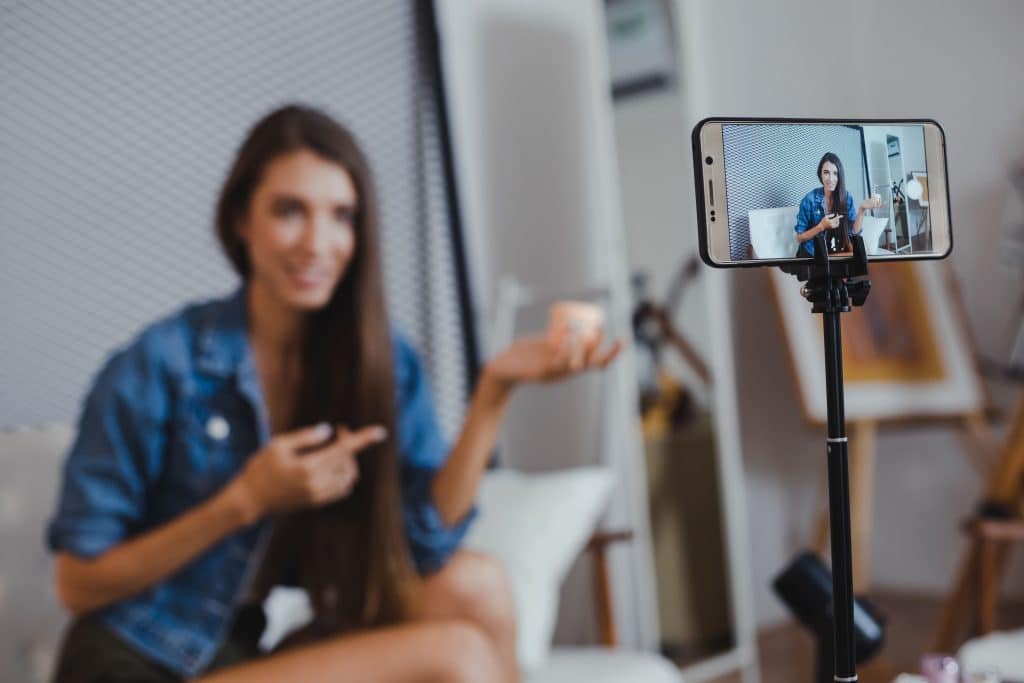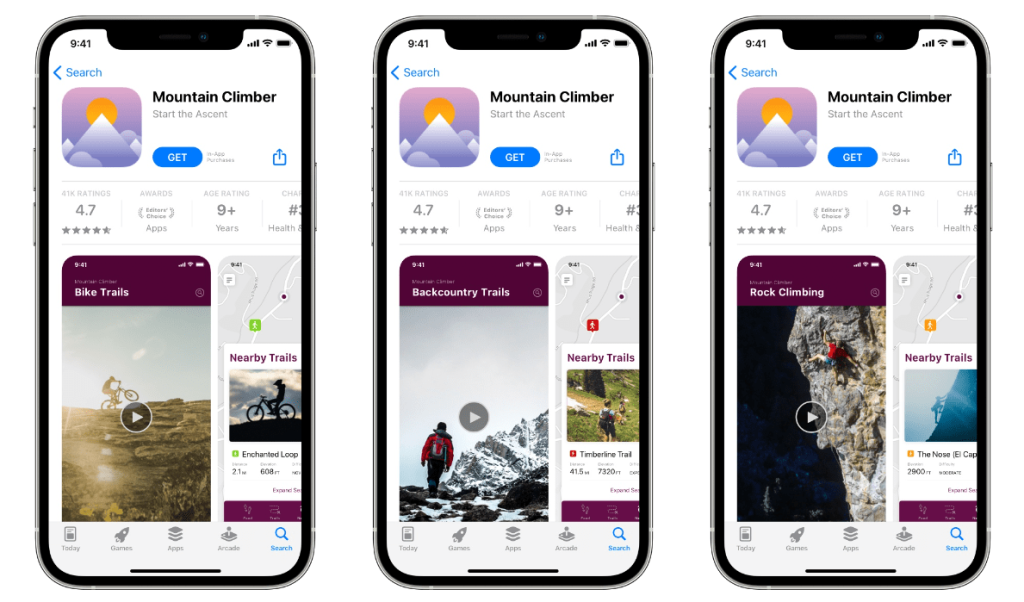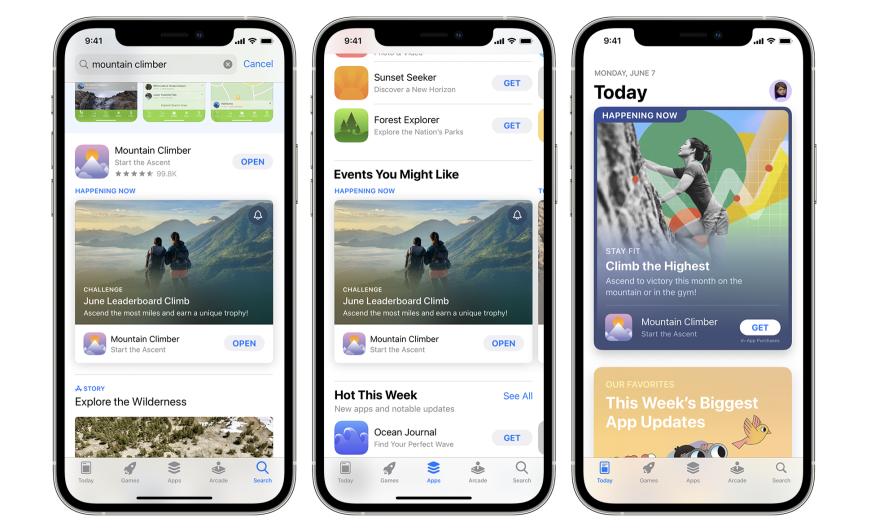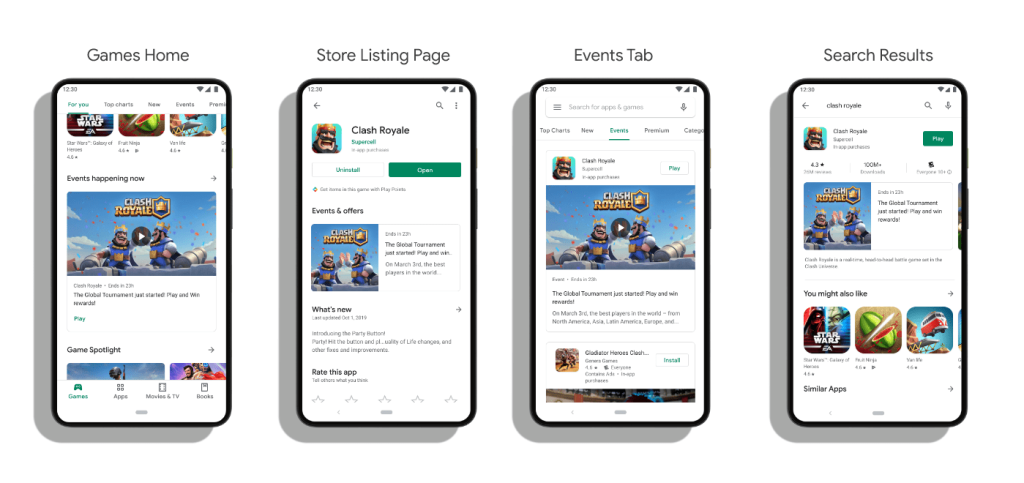4 Practical Strategies for Mobile Growth in An Uncertain Economy

Nowadays, many companies are cutting their mobile marketing budget and opting for safe strategies in response to the current market trends. They are sticking to the same media placements that have been successful for them for many years instead of trying new channels.
As the CEO of a marketing agency that sees the live results of tens of big advertisers, I think this isn’t the right path to go, as both the media and customers are changing, just as your brand evolves.
If I was the head of growth of any mobile B2C brand today, these are the strategies that I would prioritize for the coming year:
Strategy #1: Leverage the Power of Influencer Marketing
In the past, influencer marketing was like the wild west, where many agencies and influencers were selling nothing but empty promises. They would measure everything as part of “Brand Awareness,” and it was hard to predict what to expect.
Nowadays, we have access to various powerful influencer tools and technologies that help us choose the right influencers. These tools allow for audience analysis and benchmarking of average engagement per post. We can learn about the demographics, gender, and fake profiles of followers and determine the ideal day and time for collaboration based on previous content results.

- By benchmarking and using accurate math, we can determine the right price to pay each influencer to get maximum exposure. We can create collaborations that cost less than 4x compared to buying media directly on Instagram or TikTok.
For example, one of our clients had an influencer campaign this month that averaged $2.11 per install and $17 for a new user who started a subscription trial ($14.99 per month), which is more than double the standard cost structure on other media sources.
Looking to Optimize Your Influencer Marketing Strategy?
Our team of experts is always available!
Strategy #2: Create Custom Product Pages to Maximize Conversion Rates
At the heart of every campaign or app store optimization strategy, the main factor determining success is the App Stores’ conversion rate.
- Custom Product Pages (CPPs) allow you to have up to 35 storefronts on the iOS App Store and 50 on Google Play.
Think of it as having 35 “gateways” to download the app on iOS or 50 gateways on Google Play. By using CPP, we have improved our clients’ conversion rate by 7%-42% per app download. Yes, you read that right, saving up to 42% on the cost per install.
It’s not rocket science; there are several best practices for compiling storytelling in the App Store. The idea behind CPPs is to tailor your offering to micro-segments of users who are looking for something specific within your product.

You should test both screenshots and preview videos with the audience in mind, but you should also ask yourself what they are looking for? What’s in it for them?
Simplify benefits for the customer by showing them the keywords and features they were looking for in bold, high-contrasted text for easy reading. You can also test different design styles that showcase users using features within the app or showing 3D components of the UI coming to life by utilizing app screenshots.
Once you dive into the results, you will be surprised by what your users prefer and how small changes can significantly impact conversion rates.
Strategy #3: Utilize In-App Events and Promotional Content
Think of the App Stores as enormous supermarkets with hundreds of products on each aisle. The objective of In-App Events on iOS or Promotional Content on Google Play is to put your app on more shelves in that huge supermarket.
- This means that when you create an in-app event, you create a page that celebrates something special that happens in the app at that moment. It could be a new feature, special pricing, new levels, or any promotion, like a new theme, for example.
Each of these things could be celebrated by creating a product event, which would be featured in the App Store. These events would have specific names, images, or video content and would be displayed as part of your app page.

The great part is that both Apple and Google promote these special events in the App Store on their featured tabs. If someone is looking for a keyword or just browsing the store, they would see these events in the search results, personalized recommendations, and editorial sections.

This is probably the best growth hacking tactic to get more exposure to your app nowadays. For example, we have just finished up an in-app event for one of our clients that resulted in a 21% organic uplift for the full month of that event.
Struggling to Get Your App Noticed?
Let us help you boost your app’s visibility and get the downloads you deserve!
Strategy #4: Embrace UGC (User-Generated-Content) to Reach Your Goals
Video has been the king for years, but UGC videos are the best type for conversion. This is based on our experience of spending tens of millions of dollars on Google campaigns, Facebook ads, and TikTok promotions.
- UGC videos aim to achieve optimized click-through rates, cost per click, and lower cost per installation.
- The trust that UGC videos garner can substantially increase the conversion rate of users to purchase the product.
The best UGC videos are created by asking creators to speak to the camera and share their experience of how the app helped them change their lives. These could be emotional, light-hearted, funny, or about a true story, but the more authentic the story, the better the conversion rate would be.

Some best practices for producing UGC videos include:
- Placing an interesting, eye-catching creative in the first 2 seconds of the video
- Mentioning a problem/challenge your potential customers may be facing
- Showcasing your solution to that problem/challenge in an engaging way
- Highlighting any relevant social proof surrounding your app or product
Usually, creators are used to making these ads as it’s much cheaper than hiring influencers for the job, and there are fewer restrictions about what they would do or not do on camera. When working with an influencer, they would want to protect their brand, thus, limiting what they would do on camera.
However, with creators, who may not even post this video on their social media profiles, they would do almost anything, much like a paid actor who is an expert in generating social engagement.
- The way to keep UGC videos authentic is by not scripting each and every second of the video. The key here is to provide the creators with the benefits of your product or service. Then, it’s about ensuring you give them enough creative freedom as they know how TikTok and Instagram work, how to play with the effects and filters, and how to create engaging content that looks and feels authentic.
- These ads can be game-changers for all your paid efforts to lower the cost per install and increase ROI. Our $1,200 UGC ad that we created this month for one of our clients got $13.4 per subscription compared to $161 with their pre-existing high-end video, which cost them more than $40k to produce.
In summary, companies must be willing to explore new and innovative marketing strategies, especially during uncertain times. Prioritizing influencer marketing, custom product pages, in-app events, and UGC videos can help to lower the cost structure and improve ROI. Brands must keep pace with market changes and understand their audience’s evolving needs to remain competitive.
So take action now and contact Moburst to learn how we can help you succeed and become a category leader in your industry!
Want to Achieve Mobile Hypergrowth?
Our team of experts will help you reach new heights!






